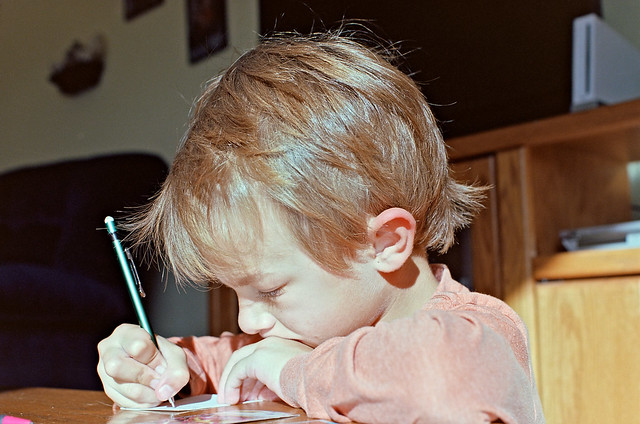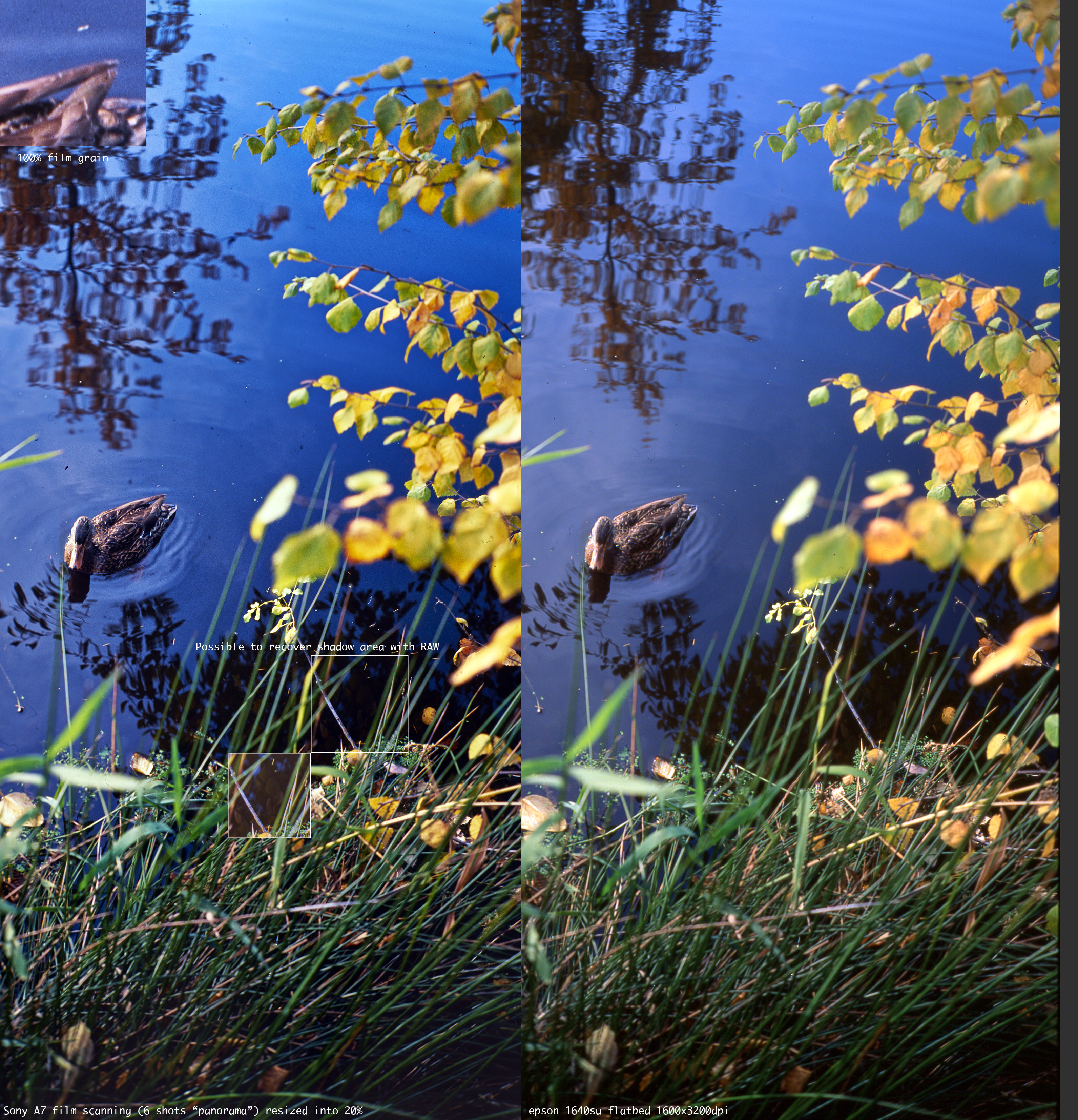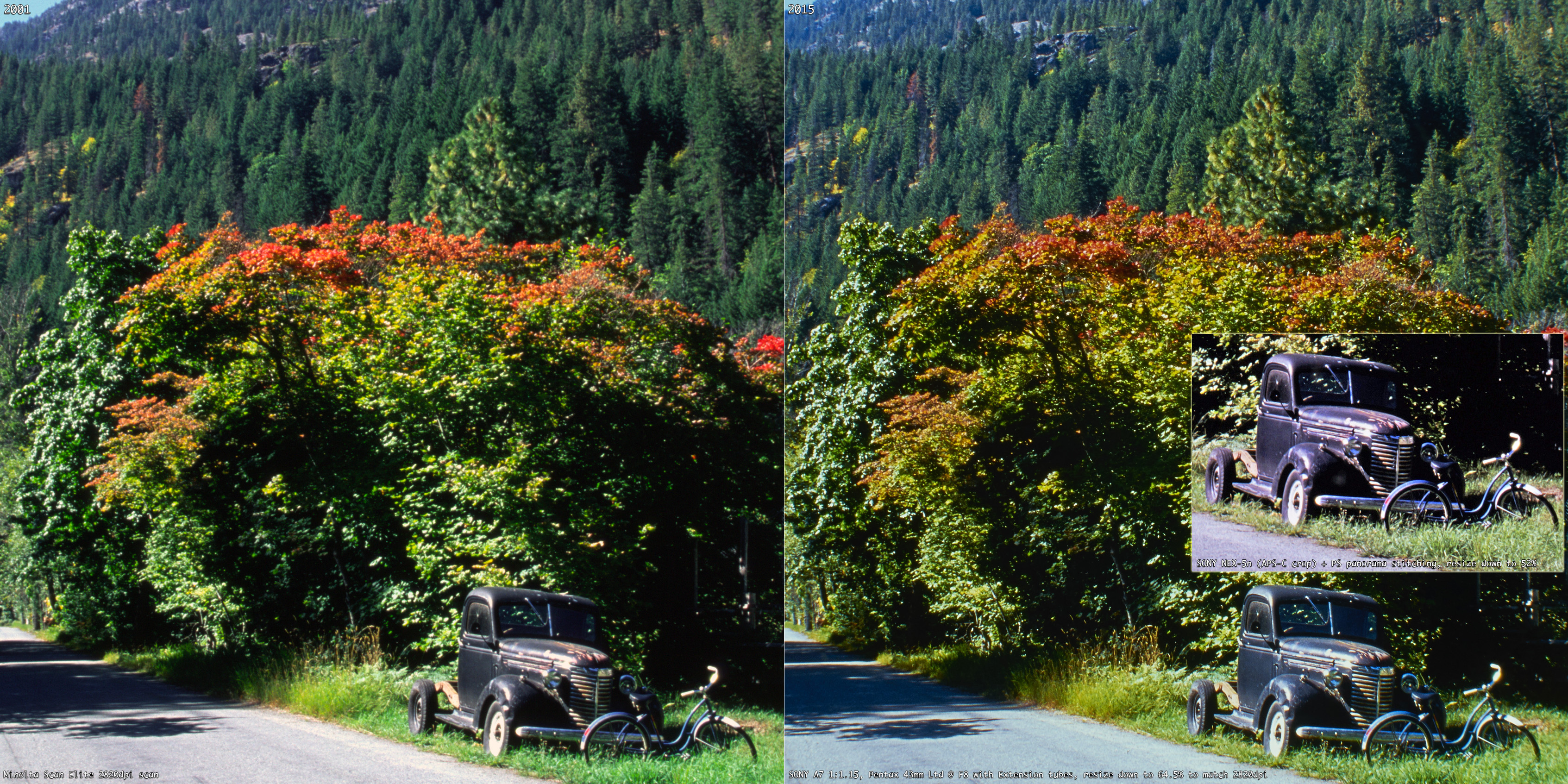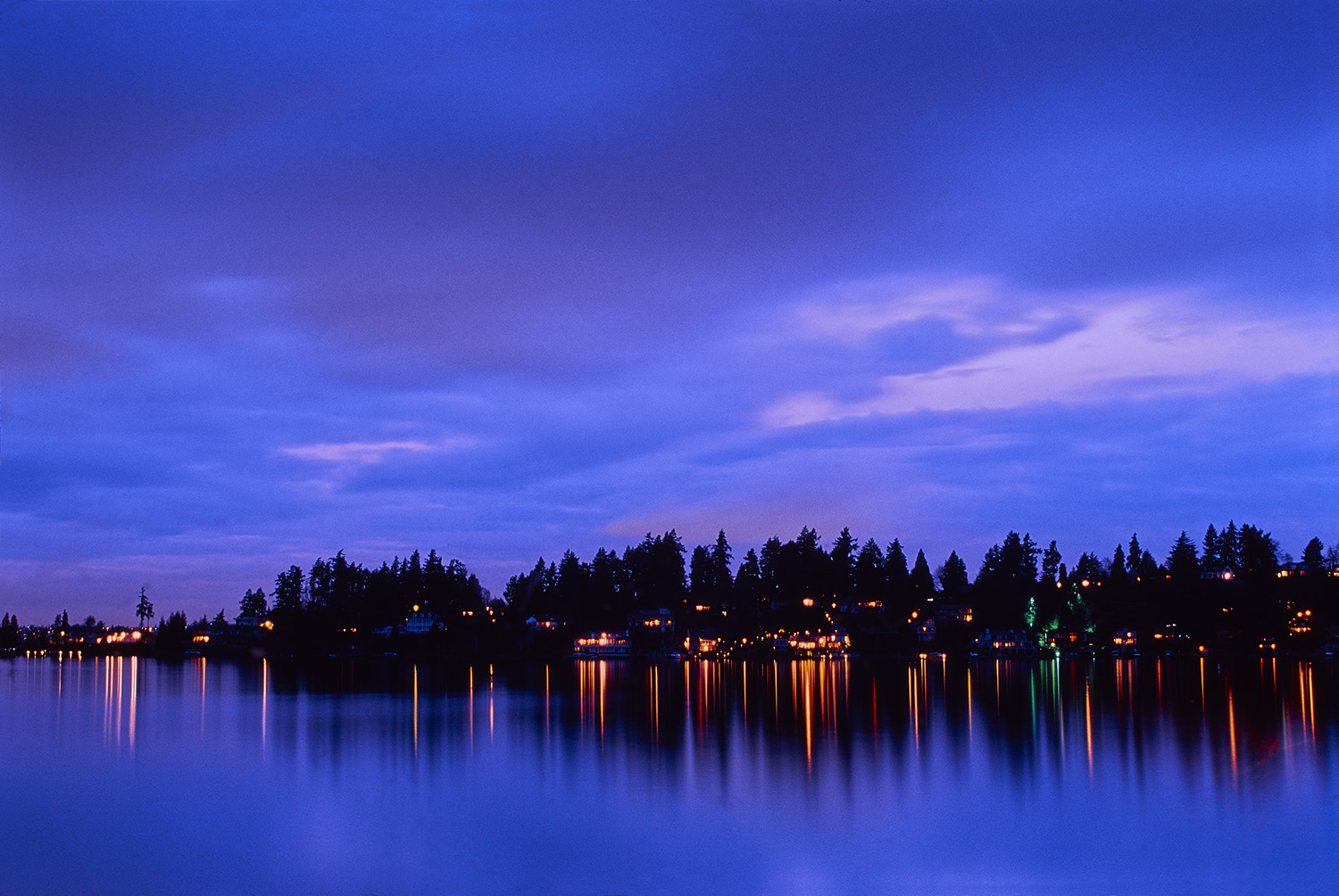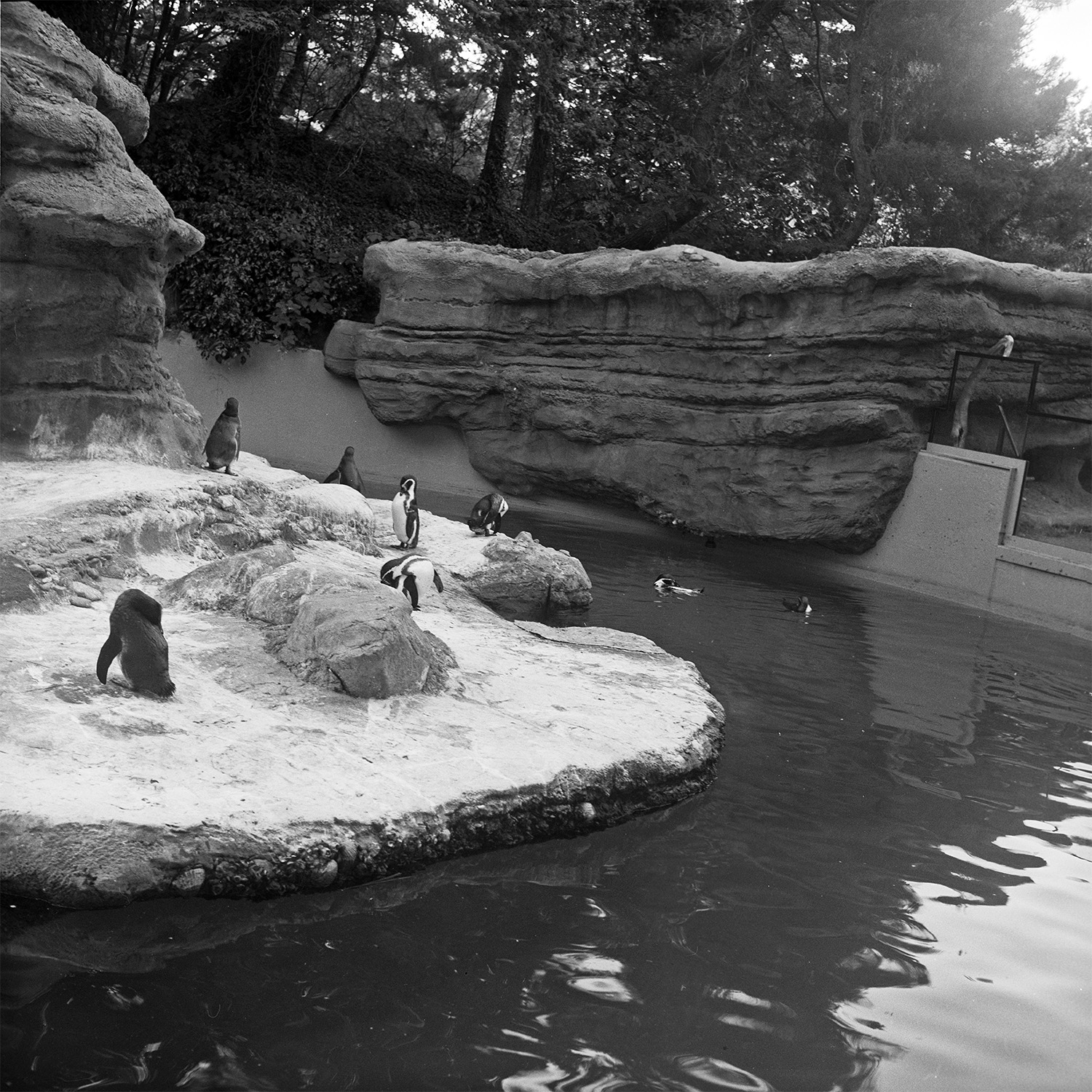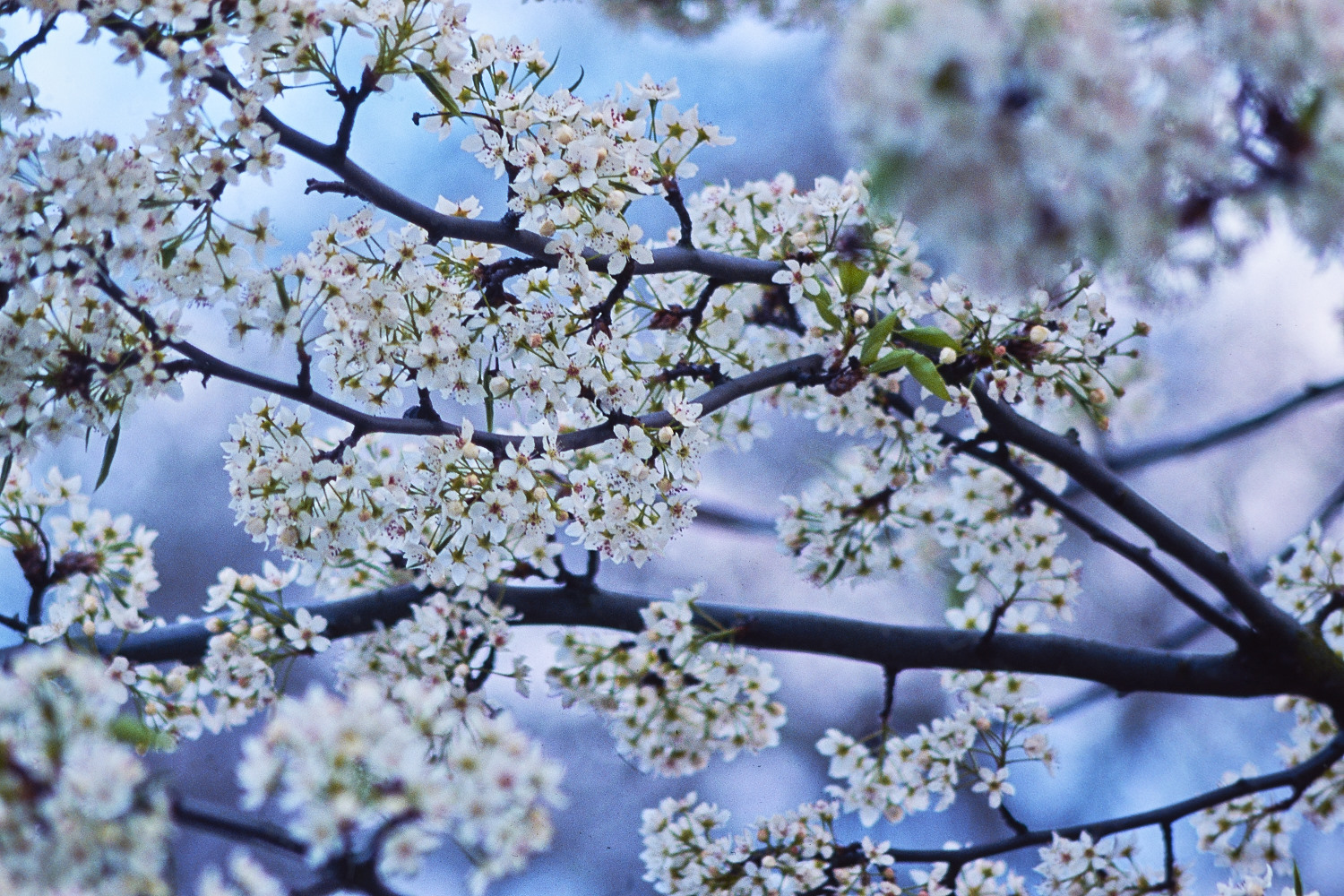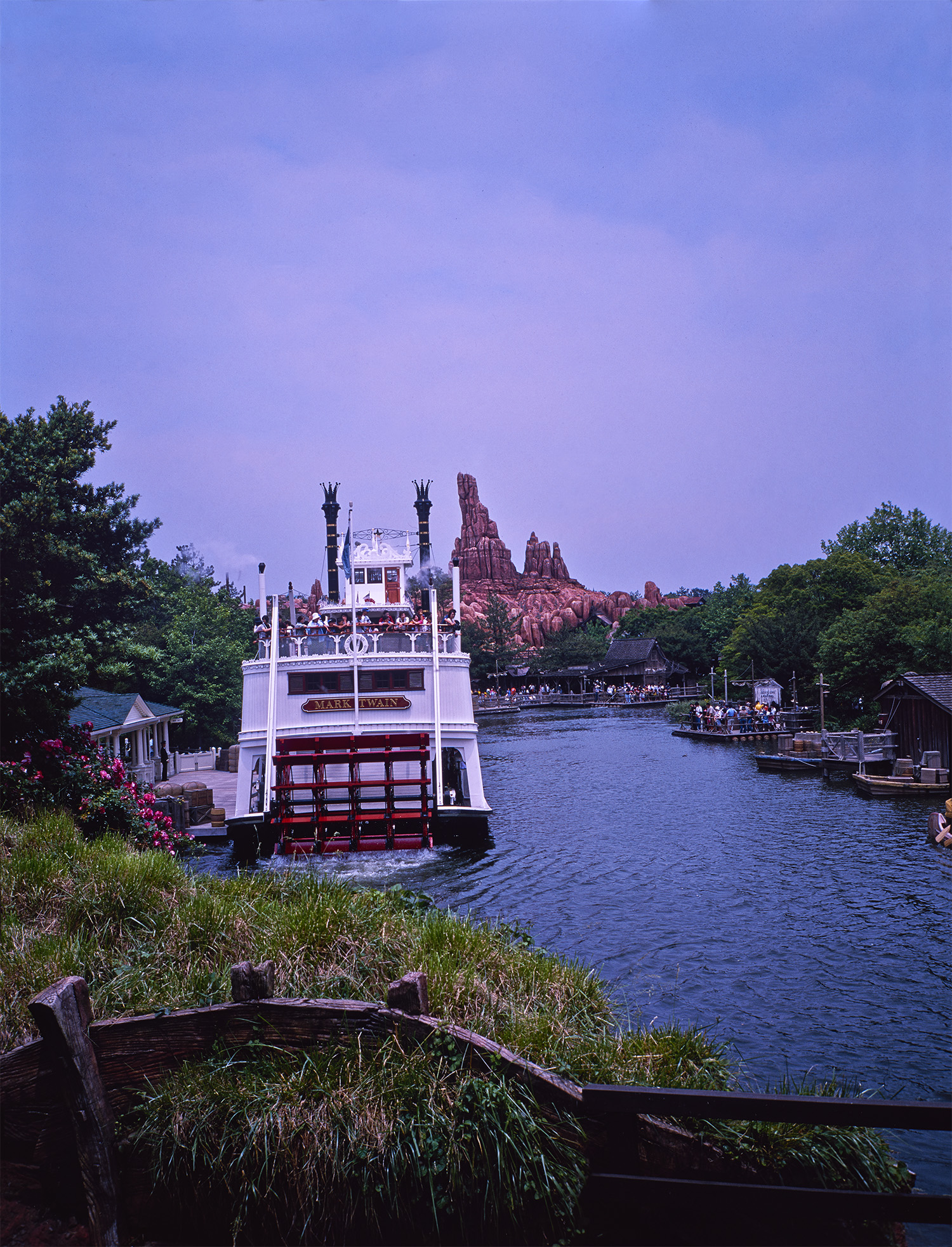@southlander is right. Film scanning of any kind takes a lot of time. Include the time it takes to get the film developed , scanned, and processed. Photography is a hobby for me and I find it therapeutic. I'm ok with the time. With much practice I have gotten pretty quick with it. Camera-scanning 36 exposures takes me about 45 minutes. This includes cutting the developed film, adjusting focus for every frame, and filing the film after I finish a strip of five frames. Processing the DNG files can take anywhere from 45 minutes to 2 hours depending on the results. Sometimes I get a lot of winners and I want to take the time and put in the effort to carefully adjust the colors and do some dodging/burning. Other times I only get a few winners and the processing could be simpler - no need for elaborate processing.
I camera scanned my family's negatives too. Yes, it took time but I had a deep interest in archiving my family history so I enjoyed it very much! It was a good way to connect with my family and get some stories. Not every frame was processed with a lot of effort. Some frames were simply camera-scanned to be preserved. How much effort did I want to put in for the frame that was shot 45 degrees rotated and turned out blurry? Not much. I could tell what it was and that was enough for me.
However, these are my negatives and my family's negatives. I would be far less inclined to spend this kind of energy for someone else's unless I had some interest, owed it to them, or was being compensated.
The nice thing about camera-scanning is that if you find out you don't enjoy the process then at least you walk out of the experience with a macro lens in your hands that you can use for other endeavors.



 Similar Threads
Similar Threads 






